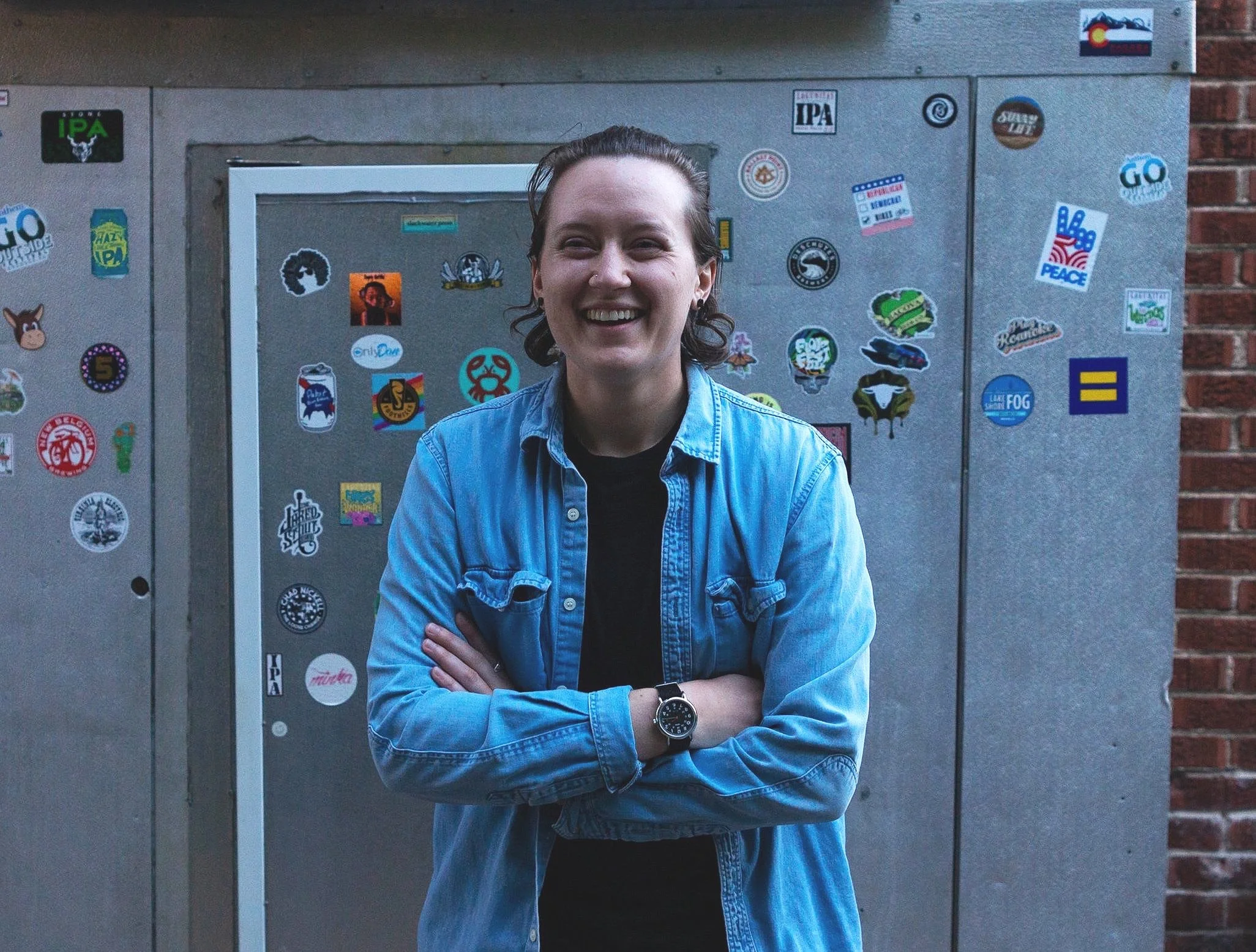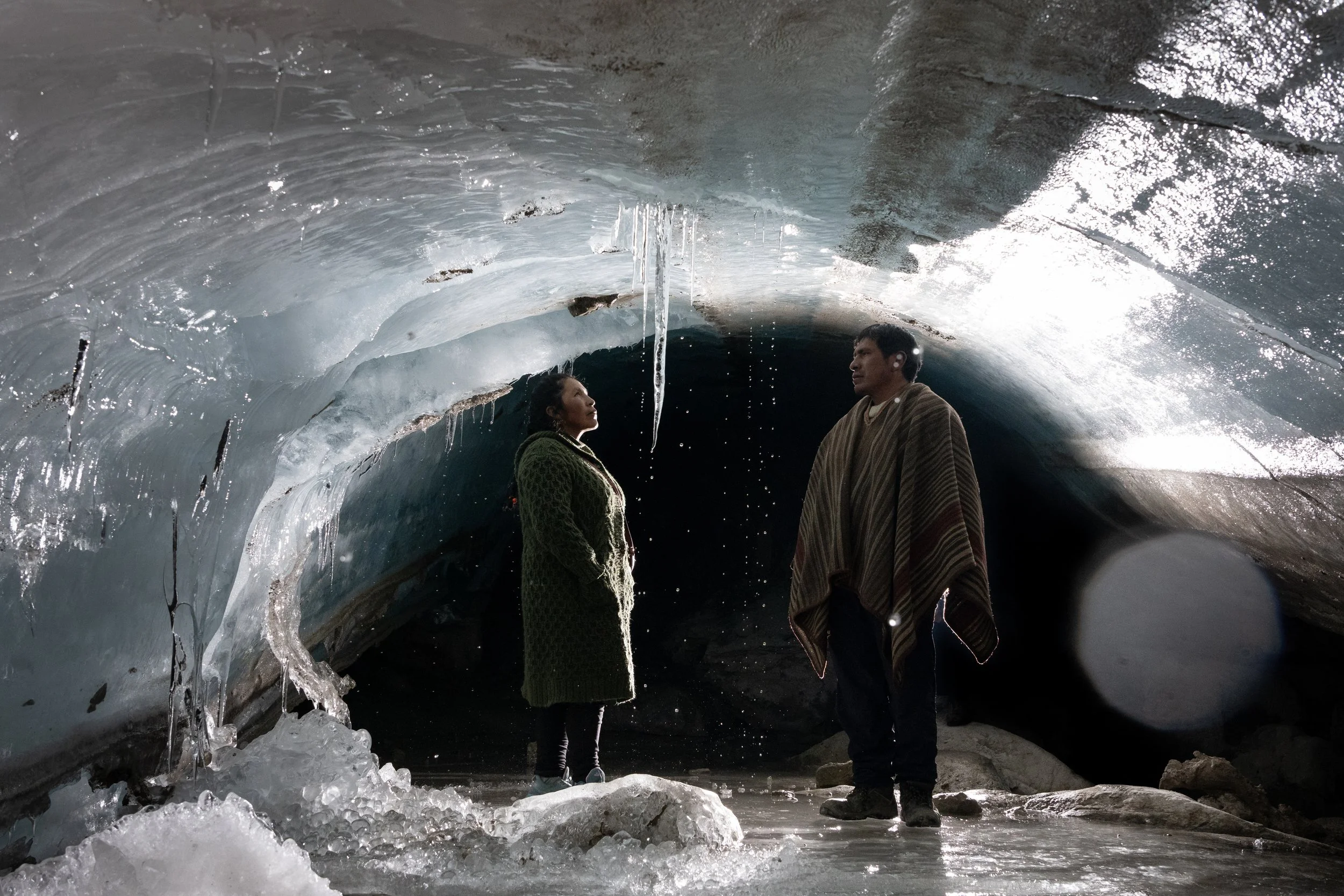Clever. Comical. Curious. Cute. These are common words used to describe baboons. Largely misrepresented in the media, these animals can be easily mistaken as docile pets due to their human-like behaviour.
“Without exposure to the horrific circumstances non-human primates go through in order to be ‘domesticated’, it may be difficult for the general public to truly understand the absurdity of attempting to keep a baboon as a pet. Domestication of non-human primates is not only generally impossible, it’s immoral and unethical”, says Hannah Young, the volunteer coordinator at The Centre for Animal Rehabilitation and Education (C.A.R.E.).
PHOTO: Lisa Hoffner
Though often seen as adorable creatures, on the other extreme end, they are considered vermin and troublemakers: a threat to local agriculture. ”As humans have encroached on wildlife’s’ habitats, we have labeled animals like baboons as ‘vermin’ due to their adaptability. I think it’s very important that people know there are humane, non-lethal ways to deter baboons from crops and homes… Baboons are incredibly inquisitive, clever, and unique animals,” said Young.
Founded in 1989 by the late Rita Miljo, also known as “The Baboon Lady,” C.A.R.E. is the largest rehabilitation centre for chacma baboons worldwide. Located at the boundary of the Kruger National Park in South Africa, the centre currently houses around 450 animals. According to Young, specializing in just one animal allows staff to focus on understanding every aspect of the baboon's social structures and behaviours.
“We have a responsibility to nonhuman primates, and baboons, in particular, to ensure we’re constantly evaluating and updating (as needed) our rehabilitation methods in order to provide the best care for all individuals at the Centre” she said.
PHOTO: Lisa Hoffner
Having a social media policy for its volunteers is an example of the organization’s concern with preserving the baboon’s image. The organization does not want to project the idea that playing with baboons is acceptable outside of necessity. “The young orphans need nutrition, and this generally comes from milk out of a typical baby bottle. Out of context, someone looking at a cute monkey drinking from a baby bottle may think it’s someone with their pet— so we have to be very careful with what types of photos are put on social media”, explained Young.
Photographer Lisa Hoffner shared that her biggest challenge within this project was her method of approaching the animals. For security reasons, she always had to keep a certain distance, which resulted in the animals’ cage wire appearing in most of the photos. She described photographing 6-month-old baboon Eleanor as one of her most memorable moments.
She was found on the road with severe injuries. Hoffner considers the image of Eleanor and Remi—the alpha female baboon of the troop that Eleanor was introduced—making eye contact within inches of each other for the first time, as the most important photograph of the trip. “It does tell a story of the work C.A.R.E. does to integrate rescued babies with a troop, the first step towards the ultimate goal of integration back into the wild.” she described.
PHOTO: Lisa Hoffner
Click here for more information on C.A.R.E. and how you can help support chacma baboons.
This article was first featured in PWB Magazine #9, on sale now.














